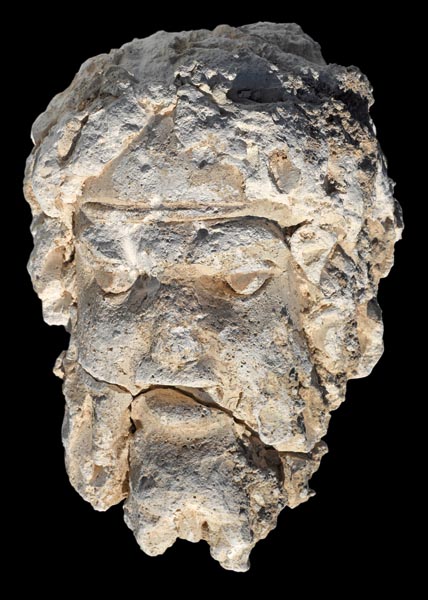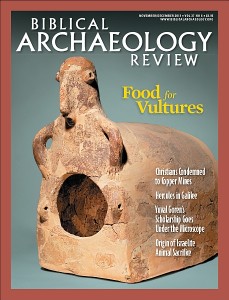
Sometimes nature is a better archaeological excavator than humans.
So it was a year ago at our excavation of Hippos/Sussita overlooking the Sea of Galilee.a Our 2010 summer excavation season was followed by the torrential rains of an Israeli winter. Surveying a bathhouse from about 150 B.C.E. that we had been excavating, Nissim Mazig, director of the Sussita National Park, noticed a sculpted head sticking out of the muddy debris.
Clearing away some of the debris, we saw that it was a man with flowing hair and a straggly beard. The face bore an expression of power, rage and resolution. Who was it? Or, even before that, what was it?
At first it appeared to be a statue, but closer examination disclosed that it was not a statue but a relief that decorated a wall of the bathhouse. It was made of stucco (a sort of molded plaster), which is sensitive to dampness, so the relief most probably did not decorate a wall of a room that contained water but rather was placed in the entrance hall (vestibulum) or dressing room (apodyterium). It was nearly 6 feet tall.1
Already a library member? Log in here.
Institution user? Log in with your IP address.

